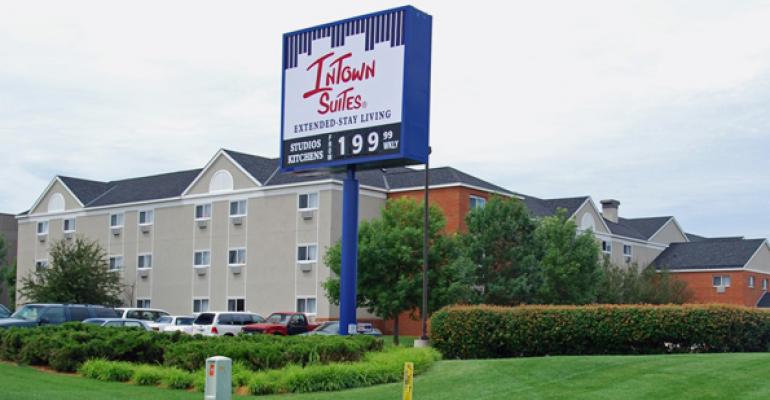Capital looking to land in the hotel sector is zeroing in on the extended-stay niche as a prime destination.
Traditionally, extended-stay properties have not been high on the wish lists of institutional investors. Yet REITs, institutions and private equity players have made a big splash in the sector with major portfolio acquisitions in the past year. Those high-profile transactions coupled with strong fundamentals are piquing interest across a wide spectrum of investors.
For example, Starwood Capital Group LLC bought InTown Suites for $735 million last fall. The acquisition included some 138 properties, located mainly in the southern U.S. In late December, Lindsay Goldberg LLC invested $100 million in the Value Place chain. The New York City-based private equity firm has announced that it plans to continue to grow the brand, which currently has 181 locations.
So why the sudden interest? The simple answer is that extended-stay properties are attracting attention because they have performed well. They have strong operating margins. Financing is available, and buyers can acquire property at a more “rational” cap rate, says Dan Peek, a senior managing director at HFF in Tampa, Fla. “So, you can create short-term, pretty high returns on a levered basis out of a select service hotel, more so than you can out of a full-service hotel,” he adds.
Although extended-stay properties have been rebounding along with the broader hotel industry, the niche has attracted more attention in the past year due to a strong increase in its average rate. Extended-stay hotels saw RevPAR rise to an all-time nominal high of $58.80 in 2012. The average rate for extended-stay properties rose 6.9 percent in 2012 compared to the 4.2 percent increase in the overall hotel industry, according to a recent report released by The Highland Group, an Atlanta-based consulting group.
That spike is due in part to the fact that extended-hotels have become more aggressive in boosting rates in the past year, notes Mark Skinner, ISHC, a partner at The Highland Group. In addition, extended-stay hotels were offering more discounted contracts for long-term stays to keep occupancies high during the recession. Now that the market is recovering, those discounts are disappearing.

Growing investor demand is evident in robust sales activity. Although hotel sales are still a fraction of the $80 billion that occurred at the peak of the market in 2007, sales activity rebounded to $20 billion in transactions in 2011 and $19.6 billion in sales during 2012, according to Real Capital Analytics. Skinner estimates that extended-stay properties attracted about $1 billion in equity in 2012.
Capital focuses on economy niche
In particular, investors are gravitating towards the economy or value-priced segment of the extended-stay sector, because they see more opportunity for upside growth. RevPar for economy priced properties rose a healthy 6.1 percent in 2012 to average $25.28. In addition, Skinner estimates that the economy extended-stay hotels are still 4 to 5 percent off of peak levels set in 2006.
“I think there is investor interest there, because they are expecting an acceleration of RevPAR growth in extended stay,” he says. Another important point is that economy sector is chronically under-served in many markets around the country. So, there is the opportunity for new development, he adds.
Traditionally, construction workers have provided a stable source of customers for extended-stay properties. The slow recovery in both the residential and commercial building markets has slowed the recovery for those economy priced extended-stay hotels.
In comparison, upscale extended-stay properties have surpassed their previous peak RevPAR and the mid-priced sector is very close to reaching that peak level. Upscale properties saw RevPAR improve 6.7 percent in 2012 to $91.06 and mid-price properties improved 7.1 percent last year to $44.92, according to The Highland Group.
Overall, the strong demand and rising rents across the extended-stay sector is fueling a return of new construction. According to The Highland Group, the 11,648 extended-stay rooms reported under construction at the end of 2012 is almost double the number from one year ago. Supply growth is forecast to be around 3 percent in 2013.
“I think, nationally, it is going to be another good year with an increase in demand and increasing average rate and RevPAR,” says Skinner. However, the extended-stay sector is very close to peak occupancy levels. So, while demand is expected to remain strong, the sector is not likely to see any big gains in occupancy levels. If anything, the occupancy may fall slightly depending on how much new supply is created, he adds.

